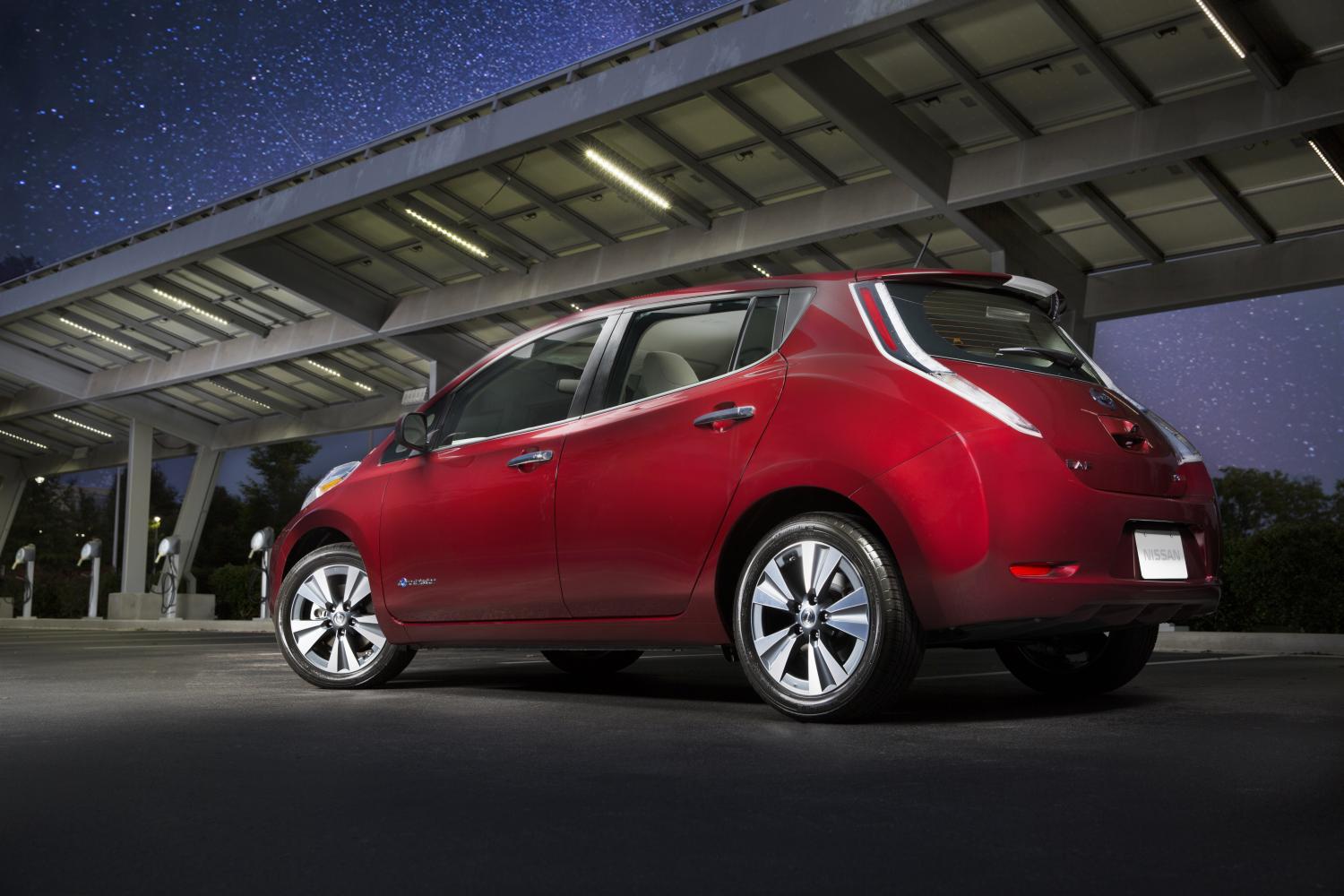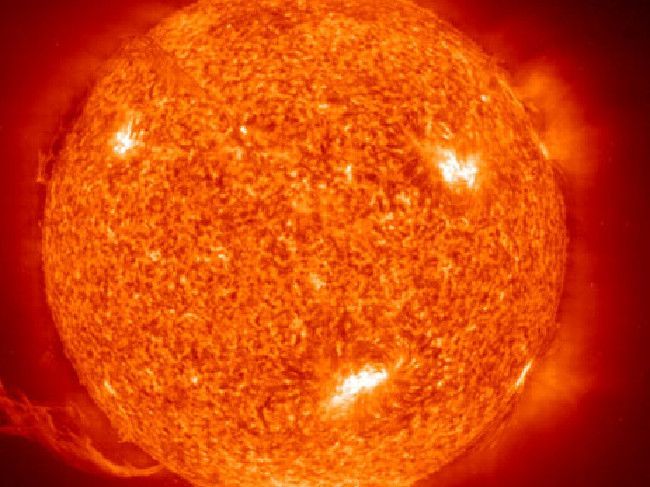Aug 29, 2016
China using Technology over Nature: Weather Modification Office
Posted by Shailesh Prasad in categories: climatology, economics, energy, finance, food
China has always been a frontrunner, especially in technological advancements. The country has engaged itself in increasingly audacious and ambitious projects. It is, therefore, no astonishment in calling China, ‘the rising power’.China has established Weather Modification Offices, that enables in manipulating weather using technology. The offices are a network of dedicated units that help in changing the weather throughout China. 55 billion tons of rain is created by China every year, making the country the largest cloud seeder on earth.
China has found the urge to manipulate weather mainly because of the extreme climate it experiences. The region has heavy downpour in rainy season while it suffers from drought in summers. Dust and sand storms are common in springtime. Moreover, given the fact that China has the largest population, it cannot afford to rely on climate. Most importantly, for agriculture. China found the only hope in technology in the manipulating weather for accruing benefits.
Weather modification offices require huge financial resources, human capital and weaponry. It is no wonder that China has spent millions of money on weather modification process. It has spent $150 million on single regional artificial rain program. China has escaped $10.4 billion dollars economic losses by employing weather modification system from 2002 to 2012. Over 35000 people have been employed to carry out this project. About 12000 rocket launchers are being used to fire pellets containing silver iodide into the clouds.
Continue reading “China using Technology over Nature: Weather Modification Office” »


















